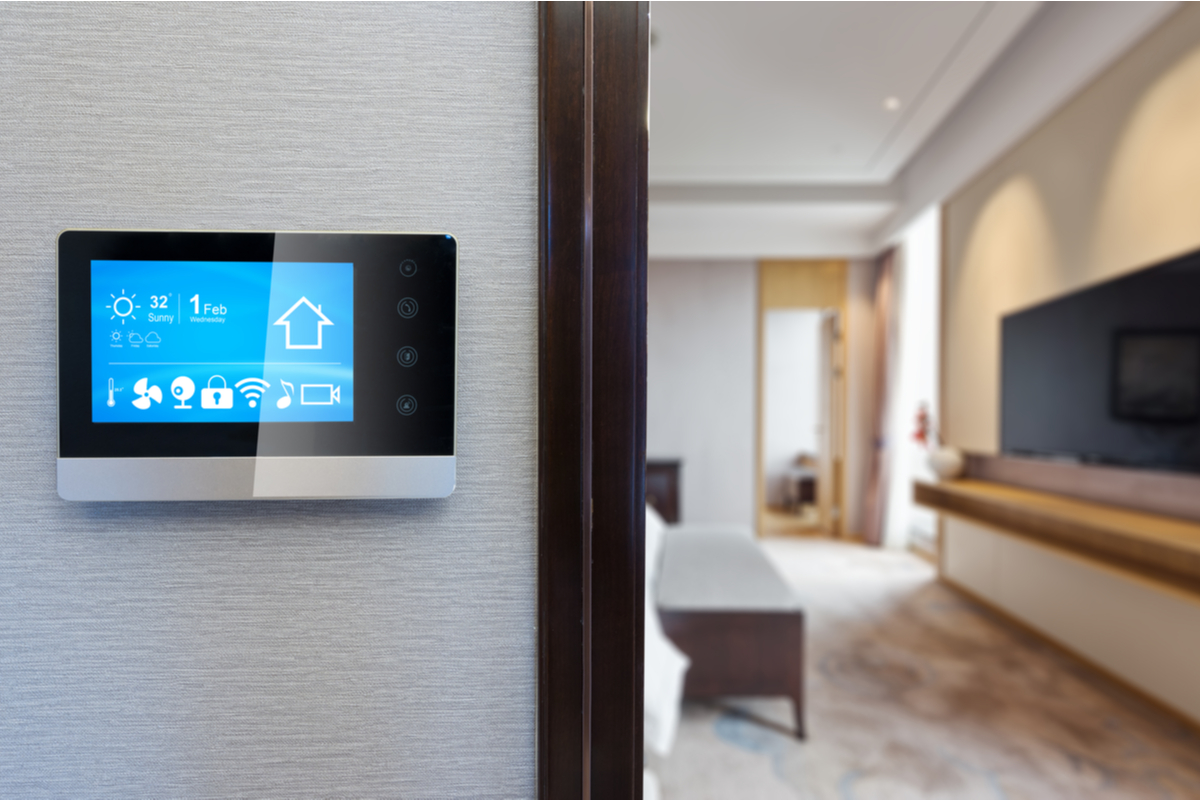Whether you’re building a new home or renovating your old one, it’s almost a life essential, sorry no, it’s an absolute necessity that you buy an air conditioning system for your home.
Being comfortable 24/7 has become somewhat of an essential part to Australian living. If you aren’t cool as a cucumber in summer and warm and toasty in winter, well you’re not living very comfortably are ya. Unless you prefer it that way, then, by all means, kudos to you!
I know I certainly would not survive a 40degree day without my trusty AC unit. Anyway, let’s get back on track. So you’ve just built or renovated your home and the time has come to find the best air conditioning system that’s suited to your home and budget.
But with so many different types of systems on the market, in a wide range of sizes and at all kinds of prices, choosing the right AC system can be a challenge
In this guide, you’ll find everything you need to know from the different types of systems available in Australia and how to pick the right size system based on your lifestyle requirements and home design.
What are the different types of air conditioning systems
At this point in time, you’re probably wondering what type of air conditioner should I get?
These days, most Aussie home builders offer reverse-cycle-split-system air conditioning in their designs as it is one of the most effective methods to heat and cool a home, especially in Australia’s climate.
Let’s take a closer look at each system.
1. Reverse-cycle-split-system air conditioning
Price: from $815 to $2,000 per unit
Yes, it’s an absolute mouthful to pronounce! but it is arguably one of Australia’s most popular air conditioner systems. Not only can it effectively heat AND cool your home, it’s also one of the cheapest ways to maintain blissful comfort in your home all year round. These systems typically have an indoor unit and an outdoor unit. Based on the size of the system, it provides heating and cooling to a singular room or multiple living areas.
How does it work?
While in cooling mode, the split-system extracts heat from indoor air and expels it outside through the refrigerant gas in the pipes connecting the indoor and outdoor unit. The outdoor unit releases the heat and pumps cooled refrigerant back to the indoor unit, cooling the air and recirculating it throughout your home. As for heating mode, this process is simply reversed, heat is extracted from the outside air and is sent to the indoor unit.
purchase accutane Read the pros and cons of split system air conditioners
View our quick comparison on Australia’s top 2 reverse cycle split system air conditioning units.
2. Reverse-cycle ducted air conditioner
Price: $5,000 – $13,000
tyrannically How does it work?
If you’re looking for a convenient way to effectively heat and cool your ENTIRE home then ducted air conditioning might be the right fit for you. This type of system uses one discreet central unit that is usually located on your roof, out of sight and out of mind. Connected to the system are individual air ducts to air outlets and sensors throughout different parts of the house.
At the touch of a single button, you can achieve maximum comfort in your home. There is also the option of enabling zones. This allows users to heat or cool singular rooms or “zones” so you aren’t churning through your electricity. Ducted air conditioning systems are typically installed during a new home build, but can be retrofitted if you’ve just conducted major renovations and have the ceiling space for it.
Find out more about the pros and cons of reverse-cycle ducted air conditioning
3. Evaporative air conditioner
Price: from $3,000
How does it work?
Evaporative air conditioners provide cooling comfort through the natural process of evaporation. The AC has an external cooling unit, which supplies cool air through the ducts inside the house. Evaporative air conditioners are the cheapest and most natural means of cooling your home.
That said, evaporative air conditioners do come with technicalities. Because of the way they work, evap coolers are only effective in dry climates. If you’re located in humid parts of Australia, you’ll be better off with a split-system or reverse ducted air conditioning.
Click here for the pros and cons of an evaporative system.
4. Multi-split air conditioner
Price: $3,900 – $5,000
How does it work?
Similar to a split system, a multi split air conditioner has an exterior and interior unit. The main difference that separates the two is a multi split system is capable of operating two or more indoor units with only one outdoor unit required.
They also use inverter technology, which means the unit will adjust its heating and cooling output based on conditions and your desired temperature. Once the set temperature is reached, it will consistently maintain this temp, keeping you cool and comfortable.
Multi-split air conditioners are ideal for situations where there is limited outdoor space or insufficient ceiling space for ducting, but still need to maintain optimal temps in multiple rooms. It is one of the more efficient and cost-effective systems available and provides a convenient cooling solution for multiple rooms.
Click here for the pros and cons of a multi-split system.
5. What is an inverter air conditioning system
One term you might hear being thrown around is inverter technology. An inverter ensures the air conditioner’s compressor is running at just the right speed to maintain a consistent temperature, as opposed to turning on and off every time the set temperature is reached. What is the difference between a split system and an inverter?
You’ll be glad to know, most split systems today have inverter technology, which makes them a smarter and more efficient way of maintaining your desired temperature and keeping your energy bill down.
What size air conditioner do I need for my home?
When you hear the term size, it’s a tad bit misleading because we don’t mean the actual size of the unit, but rather the capacity. The capacity is determined by the amount of kilowatts (kW) it’s capable of producing, the greater the kilowatt, the larger the area it can cool or heat (or both), which correlates to the room size. Therefore, bigger room = larger capacity (or bigger size) air conditioning unit.
Accidentally purchasing a model that is too powerful for the room size can cause it to run frequently short cycles (turning on and off) to achieve set temperature. This can result in rooms getting too cold or hot, increased power consumption and energy costs, as well as wear and tear on the system.
So before you go out and purchase the biggest and most expensive system, you’ll first need to determine whether you need cooling only, if you’re cooling or heating the entire house, or if you only want air conditioning for certain rooms.
You’ll also need to carefully consider the following factors:
- Room size: The size of the room will determine the capacity of your air conditioning unit. What is the length, width and ceiling height? A house with high ceilings will take longer to cool.
- Location: as mentioned above with evaporative systems, your location can have an impact on the system’s effectiveness. For instance, humid and extremely hot northern parts of Australia will require a more powerful AC system for cooling, compared to an identical house or room in Perth, WA.
- Insulation: Having your home’s walls and ceilings insulated can have a huge positive impact on the required capacity of your air conditioning system. There can be up to a 1.2 kW difference in a 30m2 room with and without roof insulation. This will save you money on running costs and you’ll be able to get a smaller system
- Orientation: The direction the room faces can have an impact on how it is effectively cooled or heated. For instance, a north or west-facing window can let in heat during summer, as opposed to the shaded southern-facing window, which will be much cooler.
Don’t know which air conditioning system to choose? Speak to All Air Services about an absolute all-year comfort solution today.




